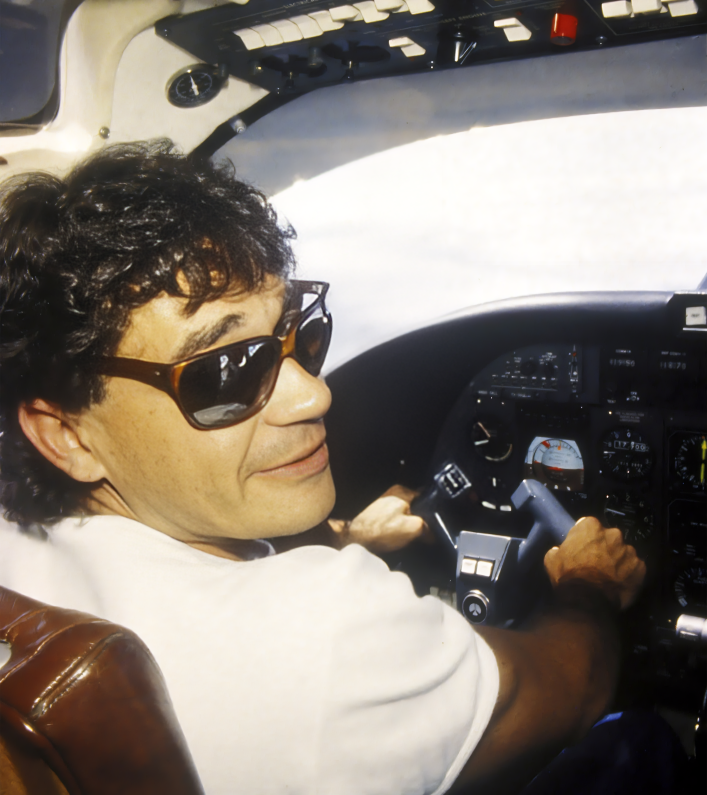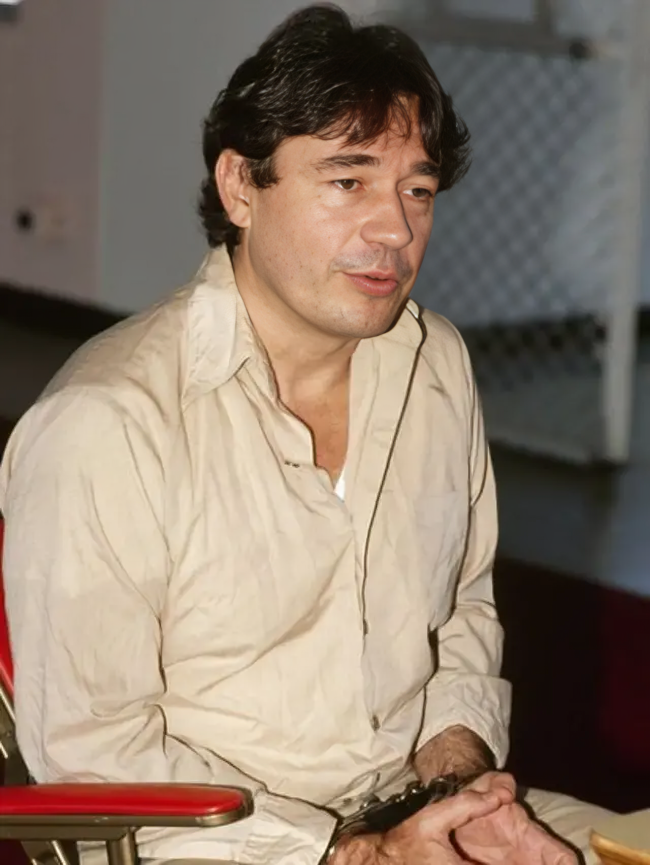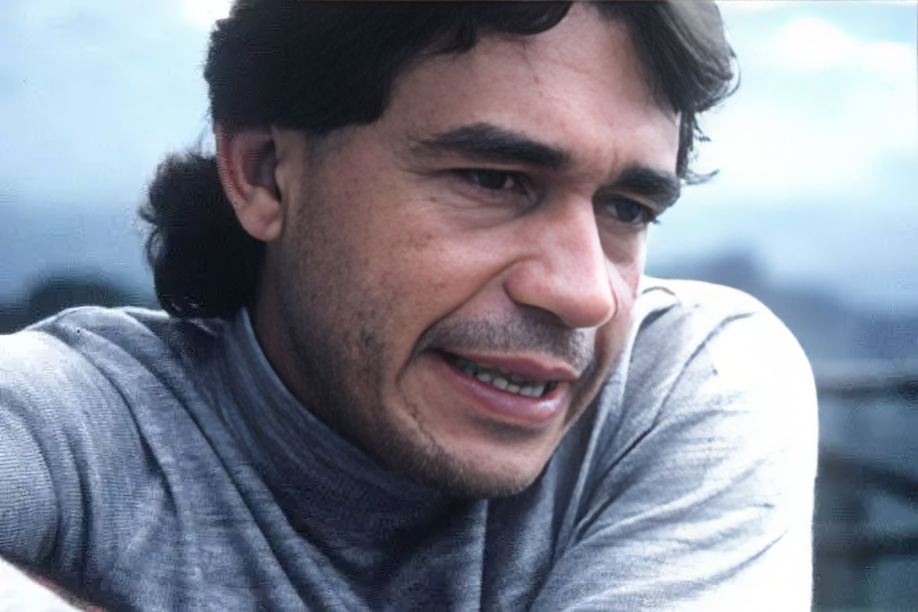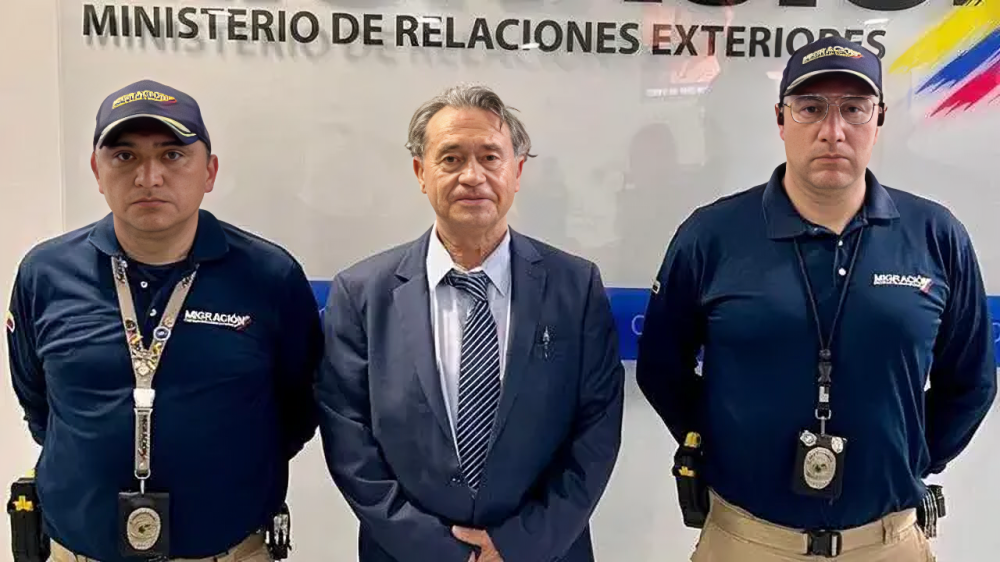Carlos Enrique Lehder Rivas was born on 7 September 1949 in Armenia, Colombia, to a German father and Colombian mother. Growing up in a mixed-heritage household, he experienced both cultural diversity and early instability after his parents separated. These challenges shaped much of his rebellious personality and later influenced the choices that drove him into a life of crime. Today, when people search carlos lehder now, they see a drastically different man from the one who once controlled an empire.
Quick Bio:
| Key Info | Details |
|---|---|
| Name | Carlos Enrique Lehder Rivas |
| Profession | Former Medellín Cartel co-founder |
| Birth Date | 7 September 1949 |
| Age | 76 years old |
| Birthplace | Armenia, Colombia |
| Nationality | Colombian–German |
| Height | Not officially recorded |
| Family | Several children, including daughters |
| Known For | Norman’s Cay operations |
| Net Worth (Peak) | Multi-billion illicit estimate |
| Prison Release | 2020 |
| Current Status | Living quietly due to health and age |
| Keyword | carlos lehder now |
Birth and Background
Lehder grew up in a family involved in small businesses, including hospitality and imported goods. Though not wealthy, the environment offered him glimpses of structure and opportunity. However, the separation of his parents disrupted his stability, steering him toward risk-taking behaviors. His teenage years reflected growing defiance and a desire for independence, traits that would later define his involvement in criminal networks. Those early years laid the foundation for the ambitious figure he became.
Early Life and Influences
During adolescence, Lehder moved to the United States with his mother. The transition introduced him to the rapid pace of New York street life, where he became involved in petty theft, car smuggling, and small-time drug activity. His exposure to aviation and underground markets taught him skills that later shaped his trafficking strategies. These experiences offered him both knowledge and motivation, putting him on a path that eventually connected him to some of the most powerful figures in the drug trade.

Entry Into the Drug Trade
Lehder’s serious entry into trafficking began after serving time in a U.S. prison, where he met smuggler George Jung. Their partnership opened the door to a new era of drug transportation, focusing on efficient air routes and innovative smuggling techniques. Lehder’s eye for logistics and Jung’s American connections helped them identify gaps in border enforcement. Their collaboration grew quickly, eventually establishing systems that allowed larger quantities of cocaine to move deeper into the United States.
Rise to Power
As Lehder rose within the Medellín Cartel, his influence grew rapidly. He helped design structures that made cocaine transport faster, safer, and more profitable. His aggressive ambition and willingness to innovate set him apart. Working alongside the cartel’s top figures, he became known for his precision, confidence, and unpredictability. The rise of the Medellín Cartel was shaped not only by violence but also by logistics—and Lehder played a central role in transforming the business into a powerful global operation.

Norman’s Cay Operations
Lehder’s control of Norman’s Cay marked the height of his power. The small Bahamian island became an infamous smuggling hub, fortified with armed guards, aircraft, and hidden storage facilities. His operations transformed the island into a critical gateway for transporting tons of cocaine to the United States. Norman’s Cay symbolized Lehder’s dominance and fearlessness, but it also drew international attention. The lifestyle he created there—lavish, shielded, and heavily guarded—became a major icon in the history of drug trafficking.
Political Ambitions
Unlike many traffickers, Lehder wanted to shape politics as well as markets. He launched a nationalist, anti-extradition movement in Colombia, positioning himself as a defender of national sovereignty. His speeches and bold public statements placed him at the center of controversy. Instead of protecting him, these political actions intensified global pressure and made him a primary target for authorities. His desire for political influence ultimately exposed his operations and hastened his fall from power.

Capture and Extradition
By the mid-1980s, increasing pressure from the United States, Colombia, and other nations weakened Lehder’s standing. Internal tensions within the Medellín Cartel further reduced his protection. In 1987, Colombian authorities finally captured him, and he became the first major trafficker extradited to the United States. His sentencing was severe—life plus additional decades—reflecting the magnitude of his crimes. This extradition marked a historic moment and signaled a turning point in the global fight against the cartel.
Life in Prison
Lehder spent over three decades in U.S. federal prisons, living under strict supervision and dealing with severe health problems. Over time, he cooperated with authorities, which contributed to the reduction of his sentence. His prison years were marked by quiet isolation, far removed from his former life of power. Age and illness took a toll, and by the time he approached release, he was no longer the influential figure who once controlled international trafficking routes.
Carlos Lehder Now
After his release in 2020, Lehder relocated to Germany due to his dual citizenship. His life became far more private, shaped by medical challenges and advancing age. In 2025, he briefly returned to Colombia, where he was detained but later released after legal review. Carlos lehder now lives an extremely quiet life, with no public involvement, no known social media presence, and limited mobility. His transformation from a feared trafficker to a frail elderly man reflects the dramatic shift in his journey.

Physical Appearance, Lifestyle & Family
In his prime, Lehder maintained a medium build, dark features, and energetic presence. Today, age has changed his appearance significantly, leaving him visibly frail with declining health. He has several children, most of whom maintain privacy and avoid public attention. His lifestyle is now minimal and detached from the extravagance he once enjoyed. His past wealth, largely illicit, has long dissipated, leaving only the legacy of a dramatic rise and fall that shaped international crime history.
Conclusion
Carlos Lehder’s life is one of the most complex stories in the criminal world. From a troubled adolescence to the heights of cartel power and eventually decades in prison, his journey reflects ambition, innovation, conflict, and consequence. His influence changed trafficking routes forever, yet his political ambitions contributed to his downfall. When people search carlos lehder now, they find a man living quietly, far removed from his once-dominant role. His story remains a stark reminder of how power can transform—and destroy—those who chase it.
FAQs:
What is Carlos Lehder best known for?
Carlos Lehder is best known as a co-founder of the Medellín Cartel and the mastermind behind the air-smuggling routes that revolutionized cocaine trafficking in the 1980s.
Where is Carlos Lehder now?
Carlos lehder now lives a quiet life marked by age and health challenges. After being released from U.S. custody, he lived in Germany and later returned briefly to Colombia before settling into privacy.
What happened to Norman’s Cay?
Norman’s Cay was Lehder’s smuggling hub, heavily guarded and used as a central transit point for cocaine flights. After his downfall, operations were dismantled and the island gradually returned to normal civilian use.
Did Carlos Lehder have political goals?
Yes, he created an anti-extradition political movement in Colombia. His political actions drew attention from global authorities and contributed to his eventual capture.
Does Carlos Lehder use social media?
No, he has no verified social media presence. His advanced age and need for privacy keep him away from public platforms.
Also Read: Ian Ousley: Beyond the Screen—Life, Growth, and Creativity

















